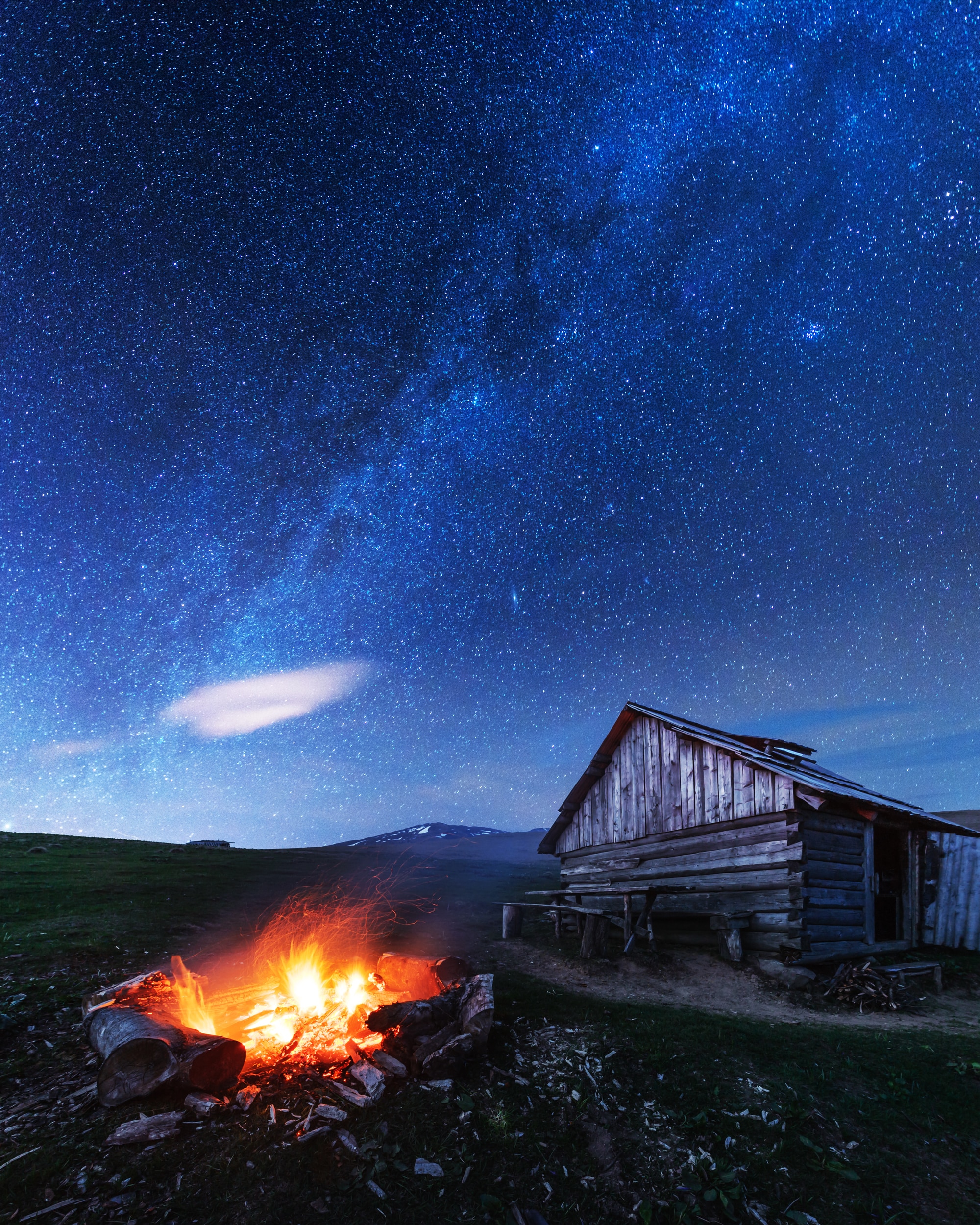How to make a campfire safely and responsibly in UK campsites?

In the great outdoors, a crackling campfire often becomes the heart of the camping experience. It provides warmth, light, and a place to prepare meals, not to mention the perfect setting for night-time storytelling. Yet, creating a campfire also comes with significant responsibilities. You must ensure that it is safe, controlled, and within the rules and regulations of your chosen UK campsite. This comprehensive guide will walk you through the steps of making a campfire safely and responsibly, highlighting essential aspects of fire safety, gathering suitable firewood, lighting the fire, and most importantly, leaving no trace behind.
Fire Safety is Paramount
When dealing with a campfire, safety should always top your list of priorities. The first aspect of fire safety is choosing where to set up your fire. Ideally, the selected site should be open, clear of any vegetation, and away from tents, gear, and low-hanging branches. This is to ensure the fire doesn't accidentally spread and cause a forest fire.
A lire aussi : How can you access emergency services quickly at remote campsites in the UK?
As part of safety measures, it's crucial to have a means of extinguishing the fire. This could be a bucket of water or a shovel to throw soil on the fire if necessary. Don't leave your campfire unattended at any time, and ensure that you completely extinguish it before turning in for the night or leaving the campsite.
Lastly, make sure to check if campfires are permitted in your selected campsite. Some sites in the UK have strict rules against fires due to safety reasons and to minimize environmental impact.
A lire également : What are the rules and etiquette for sound levels at UK campsites?
Gathering the Right Firewood and Tinder
The materials you use to build your campfire play a significant role in determining how well it burns. Dry, dead wood should be your primary choice. Wood that you find lying on the ground could be damp, which makes it harder to burn, and potentially leads to excessive smoke.
When gathering firewood, remember that live trees are not an appropriate source. Cutting down trees or breaking branches off living trees is not only a violation of campsite rules, but it's also ecologically harmful.
As for tinder, you'll need small, dry, easily combustible materials to start the fire. Dry leaves, grass, bark, or even specially purchased fire starters can serve as excellent tinder.
Building and Lighting the Campfire
Once you've gathered your materials, it's time to build and light the campfire. Start by placing a small pile of tinder in the middle of your designated fire area. Arrange your firewood around it, starting with smaller twigs and progressing to larger logs as your fire grows.
To light the fire, strike a match or use a lighter to ignite the tinder. Add more tinder and small twigs until the fire is burning brightly. Gradually add larger pieces of wood, ensuring the fire is stable and controlled.
During this process, it's crucial to keep safety in mind. Don't rush to make a big fire quickly. Instead, focus on gradually building a fire that will burn steadily and safely for as long as you need it.
Maintenance and Managing the Campfire
A well-maintained fire is both safer and more efficient. Keep an eye on your campfire at all times, and control the size of the fire by adding logs gradually. A large, roaring fire might appear impressive, but it's also harder to manage and extinguish.
Avoid throwing rubbish or food waste into the fire. Not only does this create an unpleasant smell, but it can also attract wildlife to your campsite. Plus, some waste products can produce harmful smoke or leave behind non-biodegradable residues.
Leaving No Trace Behind
The 'leave no trace' principle is a fundamental aspect of responsible camping. When you're ready to extinguish the campfire, douse it with plenty of water until all the embers are out. Stir the ashes to make sure no hidden embers are still smoldering.
Once the ashes have cooled completely, spread them out to minimize the visual impact. If you've created a fire circle with stones, dismantle it. Returning the area to its natural state ensures minimal impact on the environment and maintains the beauty of the campsite for future visitors.
Creating a campfire is a cherished camping tradition. By following these guidelines, you can enjoy the warmth and ambiance of a campfire while ensuring safety and minimizing your environmental footprint.
Properly Extinguishing the Fire
A crucial aspect of campfire safety is knowing how to properly extinguish the bonfire. Never leave a fire unattended or go to sleep without completely putting it out. This could lead to uncontrolled spreading or a wildfire. Always have a bucket of water or a shovel handy to put out the fire when necessary.
To extinguish the fire, pour lots of water onto it. Don’t just put a few water splashes there; you need to soak the embers thoroughly. Once you’ve doused it with water, stir the ashes and embers with a shovel or stick. This is to ensure that all the embers get wet and are fully extinguished.
If you don’t have enough water, you can use dirt to put out the fire. However, make sure not to bury the fire as this can create a hidden heat source that could reignite later on.
Before leaving the fire site, place your hand close to the remains of the fire to make sure it has cooled down. If it’s still radiating heat, continue adding water or dirt until it’s cold. Remember, if it’s too hot to touch, it’s too hot to leave.
Conclusion: Making a Fire Safely and Responsibly
Making a fire can be an exciting part of your camping trip, but it’s essential to do so responsibly and safely. Always check the rules and regulations of your campsite before starting a fire. Choose a safe location away from tents, branches, and flammable materials. Use dry, dead wood and refrain from cutting live trees.
When building your fire, start with a small pile of tinder and add wood gradually, ensuring the fire is controlled and stable. Remember to keep an eye on the fire at all times and have water or a shovel ready to extinguish it when necessary.
After enjoying the warmth and ambiance of the campfire, apply the 'leave no trace' principle. Properly extinguish the fire, stir the ashes, and make sure they’re fully cooled before leaving the fire site.
By following these best practices, you can enjoy the allure of the great outdoors and keep the environment safe and preserved for future generations. With fire safety as your priority, your camping experience will not only be enjoyable but also respectful to nature and the rules of wild camping in the UK. Enjoy the crackling sound of the fire, roast your marshmallows, and share unforgettable stories around the open fire, knowing you've done your part in preserving the great outdoors.
